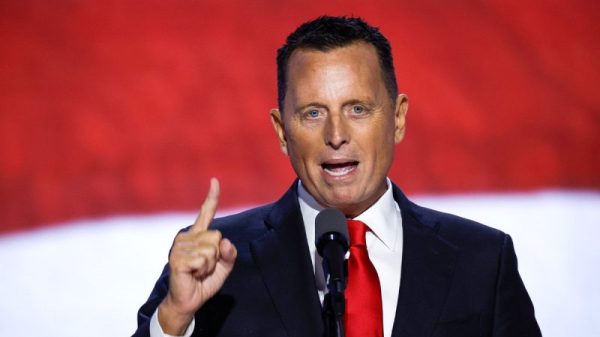There’s good news on the inflation front. The Personal Consumption Expenditures (PCE) Price Index grew at an annualized rate of 3.8 percent in June. The “core” figure, which excludes volatile food and energy prices, was larger at 4.6 percent. Broad-based pricing pressures remain strong. But at least things are headed in the right direction.
At its last meeting, the Federal Open Market Committee kept the fed funds rate target range at 5.0 to 5.25 percent. Using the most recent monthly PCE figure for core inflation (0.3 percent, or 3.6 percent annualized), the inflation-adjusted interest rate is between 1.4 and 1.65 percent. The latest estimates of the natural rate of interest, which reflects the fundamentals of supply and demand in capital markets, is roughly 1.0 percent. It looks like monetary policy is restrictive.
But things don’t look so rosy when we look at the money supply. M2 is falling at 4.6 percent annualized, which is the fastest contraction since the Great Depression. Broader monetary aggregates that weight the components of the money supply based on liquidity show contractions in the neighborhood of 3.25 percent. It’s likely the Fed’s rate hikes have caused significant financial disintermediation. Since monetary policy is ultimately about the money market, this is concerning.
The Fed made the right decision in pausing its rate hikes. We need time to ascertain how the economy is responding to major policy changes. Price stability is the Fed’s main responsibility, so their tightening is warranted. But central bankers can’t ignore market expectations, which are entrenched in contracts throughout the economy. Tighten too slowly and inflation continues its relentless march. Tighten too quickly and an already-fragile economy could flounder.
That said, the Fed’s work is not finished. 3.8 percent inflation is still unacceptable. It’s almost twice as high as the central bank’s official target. Part of the problem is the Fed’s “average” inflation targeting regime. Monetary policymakers want to hit 2 percent inflation in the long run, but have not credibly committed to a concrete growth path for the dollar’s purchasing power. In practice, the Fed’s target is almost certainly asymmetric: They’re willing to tolerate greater-than-2-percent inflation but not lower-than-2-percent inflation. You don’t need a Ph.D. in economics to know that 2 percent long-run inflation is not credible if the Fed has an asymmetric 2-percent target.
The Fed may not need to tighten any further, depending on how markets continue to react to its recent policy changes. But this is no time for complacency. The market needs to know the Fed can keep its promises. That means the Fed should push inflation back to 2 percent as soon as possible.
High inflation is costly because it forces households and businesses into lines of production and investment that favor returns over liquidity. The variability of inflation is even more of a problem. If markets can’t predict the dollar’s purchasing power, they won’t be able to contract effectively. There will be fewer investments overall, and the ones that happen are more likely to err.
Let’s not forget that the Fed engineered high inflation in the first place. Officials have an obligation to fix the mess they made. Of course, they also have an obligation not to throw a wrench in the economy’s gears. Balancing those duties is tricky. But as long as the Fed relies on discretion rather than rules, it has no choice but to walk the tightrope.




































